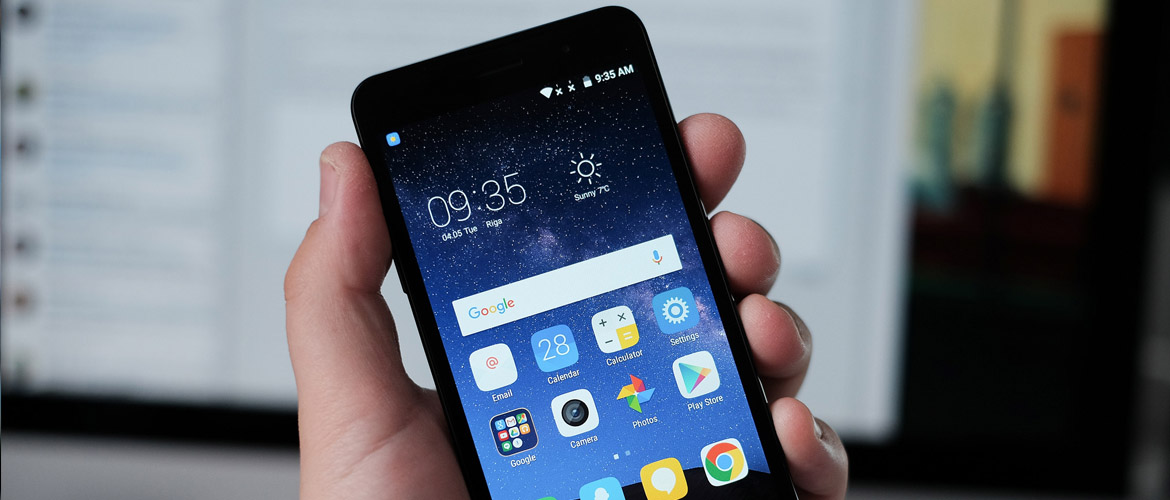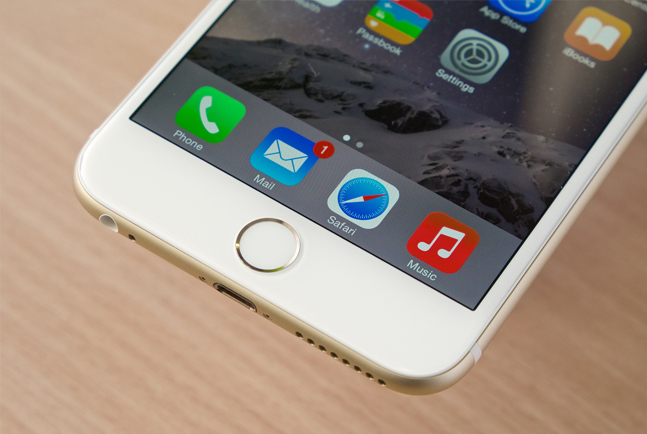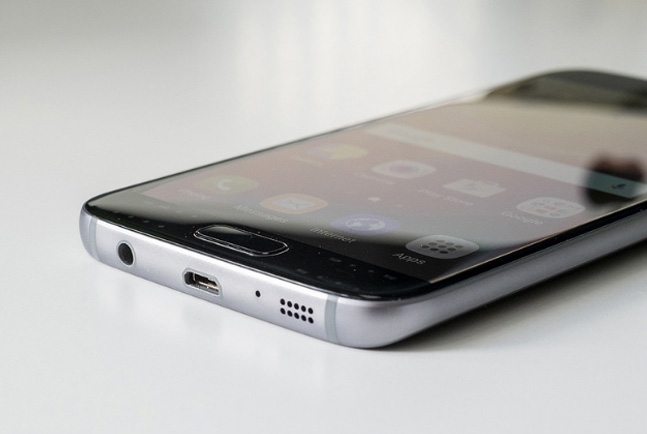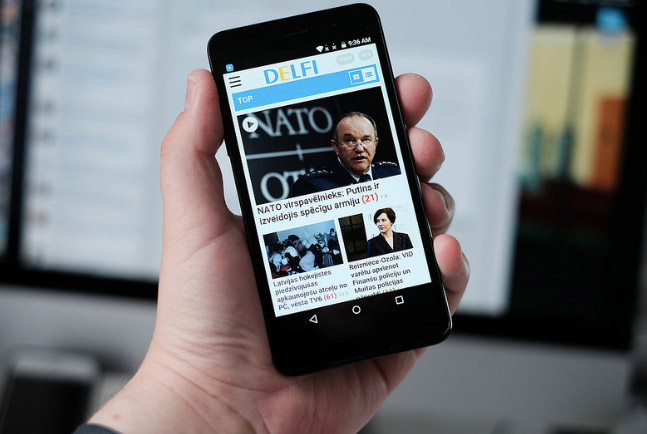Even though, the language of a mobile phone and that of a laptop or a desktop is similar, our interaction and relationship with these two devices are vastly different. How, where, and when we use these devices varies a great deal, especially due to their User Interface (UI) and User Experience (UX.
Therefore, when designing a mobile app, the ultimate goal is to make it useful, as well as intuitive, at the same time. With this in mind, below are some key principles of designing a useful and intuitive UX design for a mobile application.
The End User Should be your Focus
An application and/ or a website for a mobile phone should be light weight and clean. It should be quick, focused, nimble and stripped-down. This allows you to design a 'focus area' for the mobile app without bloating it with unnecessary features. By focusing your app it will be more intuitive and create a better user experience for you users. Clutter only serves to distract from users accomplishing their objective. Allowing your users to achieve their objectives as easily as possible should be a primary goal when designing your mobile UX.
Avoid Porting from the Desktop
Many clients request app designers use their current existing web design and convert it into a mobile app. This is a grave error. As a designer, never shoe-horn an existing desktop design on to a mobile device; this is because they differ in interactivity in terms of screen size (desktop: bigger/ mobile: smaller), time (desktop: prolonged/ mobile: bursts), input method (desktop: mouse/ mobile: touch) and context of use (desktop: indoors / mobile: portable).
Therefore, to create an optimum UX design for your mobile app, have the mobile device in mind right from the start. Chart out a clear and a conscience development plan that can be guided by the below questions:
- What key user goals are you focusing on?
- What features do you need to exclude from the mobile app that are on the desktop?
- What will be the journey of the user using a mobile phone vs desktop?
- What needs to be changed on the UI of the mobile app to allow the support of 'touch screen' and responsive ability to smaller screens?
Though some simple interactions like online article reading may transition well with tweaking an existing desktop design into a mobile app, for more complex functions it is necessary to consider designing from scratch the relevant UX design for the mobile app.
Remove all the Clutter from your Mobile App Design
It is necessary to ensure any elements and texts that are unnecessary on the mobile app are cut out. Use of icons instead of text is highly recommended, but ensure the icons are well labeled (never assume the user knows the meaning of the icon used). Minimize UI as much as possible; this makes your mobile app clean, crisp and user-friendly.
Conclusion
In this first part of the essential principles of mobile UX design, we have highlighted overview factors that a designer needs to put in place before beginning to create the mobile app. Just like a map, this first part allows you to draw up a plan for your mobile app interactivity with your intended audience. The second part will be more strategic in nature as it will expound on the strategy of integrating functionality into your mobile app.




